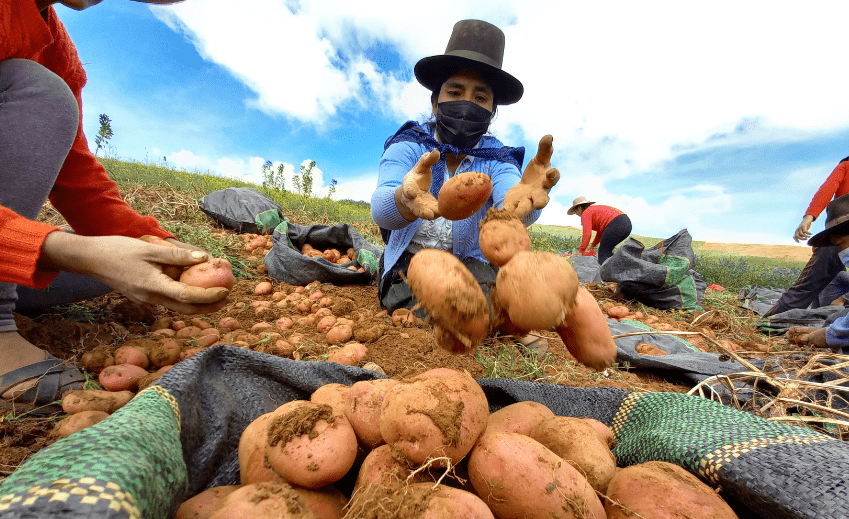Approximately 16.8% of Peru‘s land area is dedicated to herbaceous production and permanent crops.
Perennial crops include: coffee, cocoa, tropical fruits (mangos, avocados, guavas, pineapples and bananas), Brazil nuts, grapes, avocados, olives, oranges and tangerines.
To note: a perennial crop refers to plants that live for several years and produce crops over extended periods, in contrast to annual crops that have a life cycle of one year.
In 2022, Peru’s agriculture and livestock sector achieved a growth rate of 4.3 percent.
This increase was mainly due to a significant increase in favorable crops, such as blueberries and grapes, resulting from previous investments in early plantings and regenerated varieties of avocados and cocoa (as a result of increased harvest areas); and olives (resulting from high yields and favorable weather conditions).
Agricultural production for domestic markets grew at a moderate year-on-year rate despite higher fertilizer prices and low water availability at the beginning of the growing season in the highlands region.
Meanwhile, poultry meat supply maintained its recovery from 2020 and grew 2.8 percent.
Herbaceous production
Sustained growth in the sector over the last ten years from export-oriented agriculture amounted to 7.6 percent, livestock production 3.2 percent and, to a lesser extent, production for the domestic market 2.0 percent.
Herbaceous production refers to the production of herbaceous plants, i.e., those plants that do not have permanent lignified tissue and generally die in the growing season or after reaching reproductive maturity.
Some of the main herbaceous crops in Peru include: potatoes, corn, quinoa, coffee, sugar cane, cocoa, beans, onions, asparagus and citrus.
Exports
Overall, Peru’s main agricultural products are potatoes, corn, rice, coffee, fruits and vegetables, which together accounted for approximately 72.5% and 72.7% of agricultural production in 2021 and 2022, respectively.
Peru’s traditional agricultural products include cotton, sugar, coffee and rice.
Agricultural production has increasingly focused on non-traditional export products destined mainly for winter markets in Europe and the United States.
With year-on-year growth of 12.2%, agricultural exports reached a record US$8.4 billion in 2022.
This increase was mainly due to the sale of grapes for US$1.4 billion, blueberries for US$1.4 billion (both products of which Peru is one of the world’s leading producers) and coffee for US$1.3 billion.

